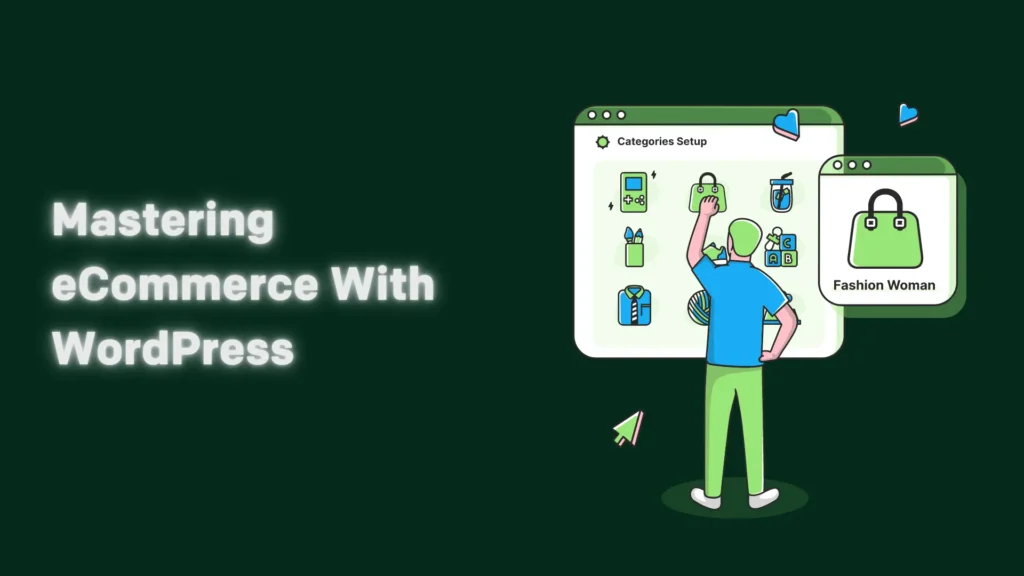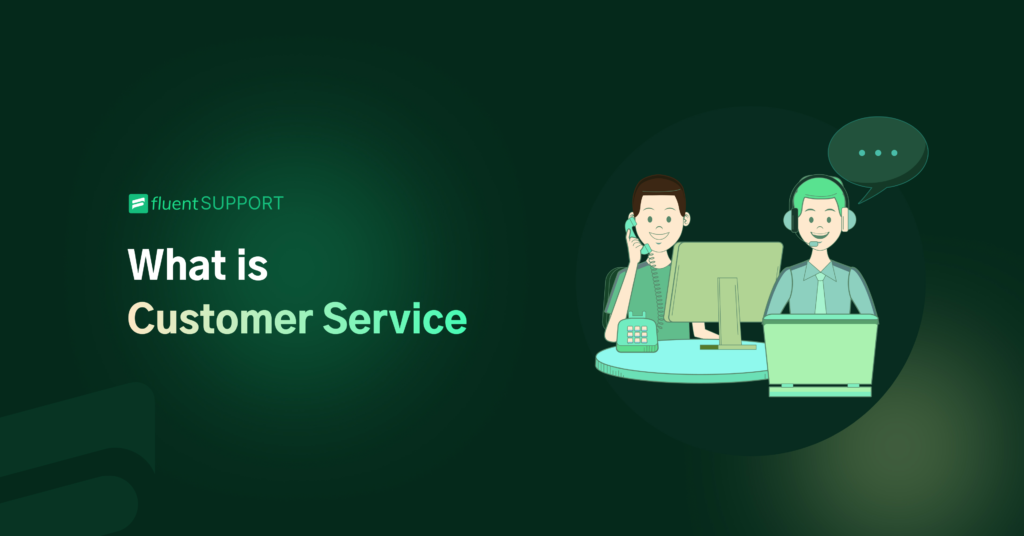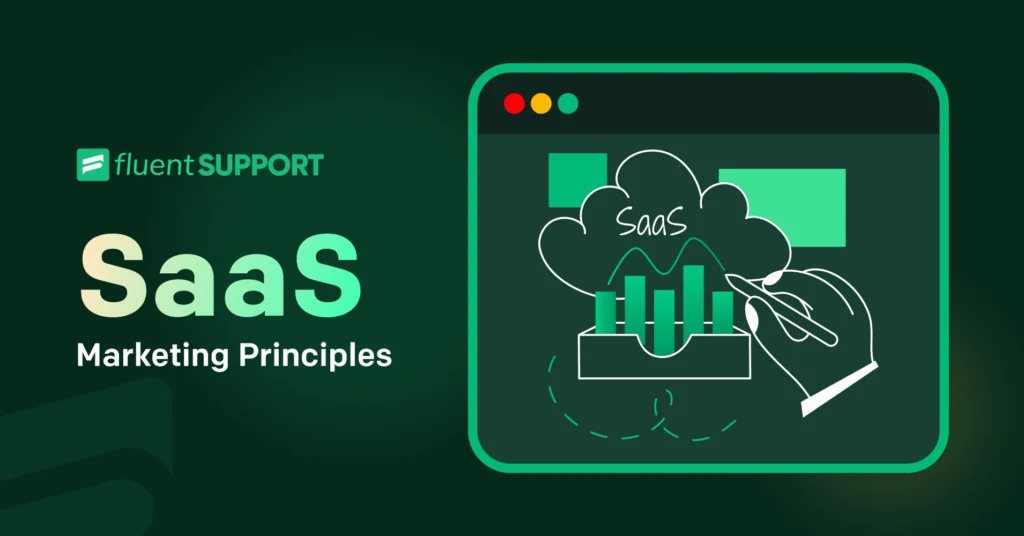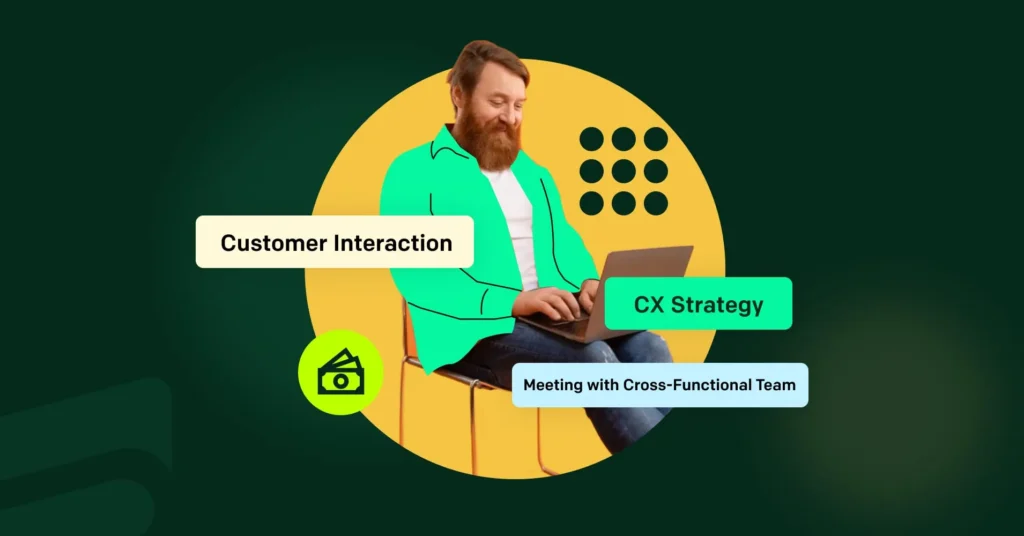
A Guide to Dealing with Abusive Customers
The “trend” right now is going the extra mile for the customers. When you consider the number of support queries made around the world every day, it explains why 51% of surveyed agents reported “not having enough time” as the second biggest challenge in customer support. Want to know what’s the biggest one? – Learning how to handle inappropriate customers.
Yes, that’s right!
Dealing with harassment from customers has gone from being a mild inconvenience to a full-blown occupational hazard (sadly, without hazard bonuses!).
So what’s the course when an abusive customer arrives at your desk (or, more likely, on your screen)?
Each company handles this issue differently. Mostly conforming to the brand image they’ve already developed. If your company takes “the customer is always right” to the letter, managing abusive individuals becomes complicated.
Apart from that, each country has its own laws pertaining to declining service and refusing to sell to an individual. So when creating policies for handling difficult customers, you need to consider a lot.
In this article, we’ll look at the laws pertaining to abusive customers and how to handle inappropriate customers at the customer support desk.
Angry vs. Abusive customers
Before we start, there’s one thing you need to understand as a company. An angry customer might be abusive, but an abusive customer doesn’t necessarily have to be angry. It’s really important you can make this distinction in real customer support situations.
For instance, a customer yelling about being on hold for 30 minutes due to your company’s limitations is angry and has the right to be so. After all, waiting time is customers’ most crucial metric to evaluate your business.
If the same conversation includes the customer calling the agent names or other derogatory terms, it’s verbal abuse and no longer excusable.
The best way to deal with this is to establish clear guidelines to handle both kinds of customers. This guideline should be included in the onboarding training as well.
Offer the best support with ZERO costs. Installation is easy and setup is a breeze.
Handling abusive customers law
For laws regarding abusive customers, we’ll look at the US laws, and our suggestions will be based on those laws. Let’s check out the legal issues in abusive customer law.
The US federal law doesn’t have any legal bindings over abusive language. The second amendment allows all citizens to hold and express their own opinions regardless of any offense it may or may not inflict. So as a company, you can’t take legal actions purely based on verbal abuse.
On the other hand, some states have laws prohibiting threatening any individual or institution. So if you find a customer threatening agents or the company, you can take legal action.
But if that’s not the case, the most you can do is deny service or refuse to sell to them. Sounds straightforward though it’s anything but.
The US has strict laws pertaining to discrimination. Specifically, discrimination based on race/color, national origin, citizenship status, religious beliefs, sex, age, veteran status, and disability or pregnancy
When you finally come to the point of denying a customer, make sure that it is not followed by discriminatory accusations. This can cause serious harm to your brand reputation. As we discussed in the previous section, mislabelling customers is a serious problem that you must actively combat.
How to handle inappropriate customers
Now it’s time to see the best steps to implement in your abusive customer policy. Here’s what you should do if you are being verbally abused by a customer.
Three strike rule
The three-strike rule should be your first course of action when dealing with harassment from customers. It usually goes like this, after the first abusive remark, the agent should issue a warning. This warning should include the message that their current behavior is not acceptable as per company standards.
On the second count, the agent should repeat the message. The agent should also add that further inappropriate behavior will result in the termination of the support interaction. This is designed to act both as a warning and a declaration of the resulting steps that will be taken by the company.
On strike three, the agent can directly disconnect the call or leave the chat. This requires no further action other than reporting the customer to the respective supervisor.
Notify and assess
After the call is terminated, the agent should clearly note the customer id, ticket id, and pertaining conversation. This call or chat should be immediately reported to the supervisor for further action.
As for the supervisor, the first thing to do is go to the ticket system and revise the whole case. This includes information such as the initial complaint, specific remarks, and the customer’s previous interaction with your customer support team.
A key part of this step is to ensure that the abusive behavior was present as the support agent reported it. Consider it a verification stage for both parties’ claims.
When the report is confirmed, it’s time to follow up!
Provide customer support with the fastest support desk on WordPress.
Follow-up
It’s recommended that a follow-up interaction be scheduled with the customer in question. When inappropriate customer behavior is confirmed, it’s better to contact them later in the day or move it to the next day entirely. This gives the customer a chance to cool off before handling the matter.
Customer relations are difficult to build as is. Ruining relationships over unacceptable language is less than recommended.
So when such things do occur, an experienced agent or administrator should contact the customer to offer a chance to apologize. It also lets you assess whether the behavior is habitual or caused by other external factors (i.e., mental disorders.).
Once these facts are recorded, it’s important to update this information in the CRM database. This is one of the many reasons you should connect your CRM with your customer support desk.
If the customer is a repeat offender, the next course of action is to seize live communication with them. This includes calls, live chat, etc. Instead, these customers should be confined to email interactions only.
Emails are a good alternative because they protect agents from first-hand abuse while limiting the customer’s ability. One of the best reasons to move to emails is it’s quite impersonal compared to other customer support channels.
The alternative is to route the customer towards lengthy waiting queues for higher-up agents that are experienced with how to handle inappropriate customers.
Cut off
Unsurprisingly, abusive customers can continue their inappropriate behavior even through emails. This is why there is a line that companies need to draw. Once all the above steps are taken, there is no choice but to deny the customer entirely.
First, there is not much more to be done, and companies must also accept that truth. So when it’s time to cut a customer off, you should do it. Primarily because repeat offenders aren’t reacting to your business; it’s how they are as people.
When an agent reports an abusive customer, it’s important to take the necessary steps. Otherwise, it impacts the agent’s self-evaluation. The most harm from tolerating such abuse is that it develops a habit among the customers, which is not something you as a company should be comfortable with.
Wrapping Up
When dealing with harassment from customers, the general advice for agents is “don’t lose your cool.” In general, you can consider the flow as
First-timers get a warning with a follow-up call.
Second-time offenders should be sent over to experienced agents that have more autonomy.
The third-time offense should result in restricted communication (usually only email).
Any further offense should be considered the last straw, and the customer should be banned from your business for life. Most companies adhere to this flow with minor exceptions. Especially which stage of abuse gets which kind of treatment.
But fundamentally, there should be no tolerance in the customer abuse policy. The crucial challenge is identifying abuse where it occurs, and training is the only way to manage it. Tell us if we missed anything on how to handle inappropriate customers.
Until next time, happy serving!
Start off with a powerful ticketing system that delivers smooth collaboration right out of the box.












Leave a Reply